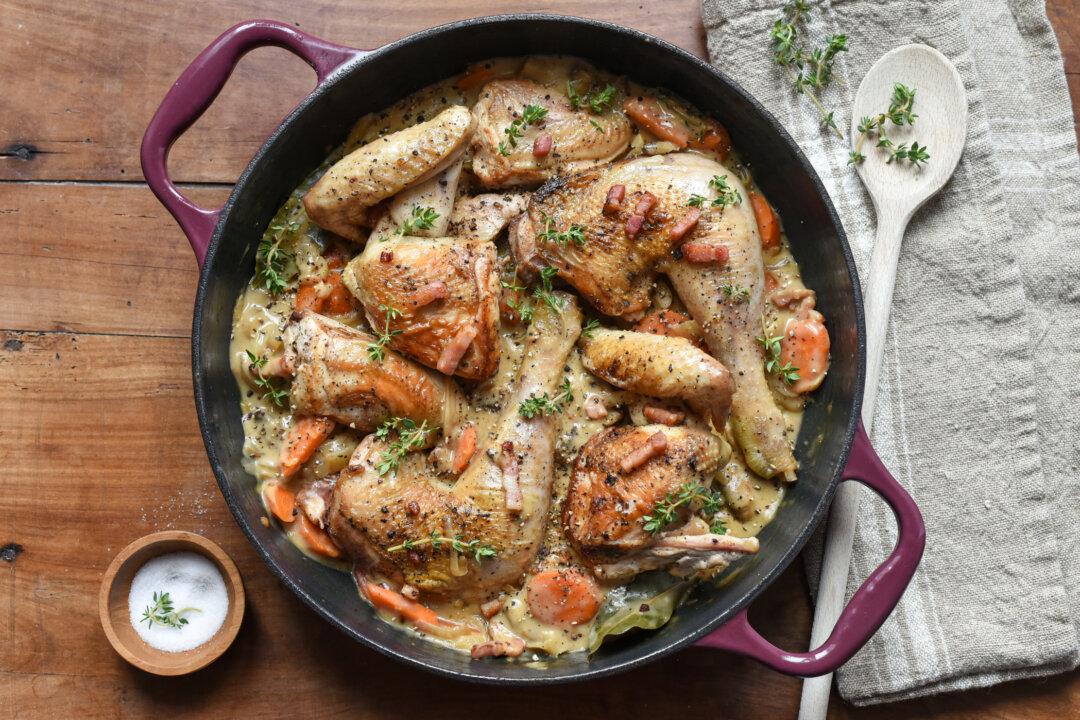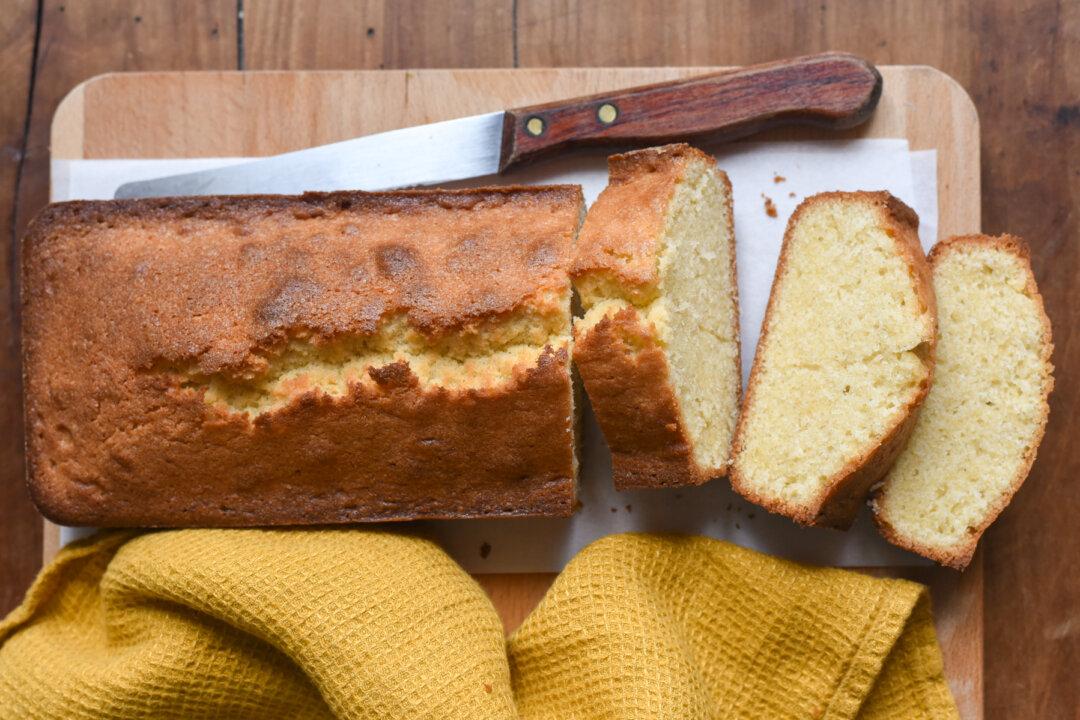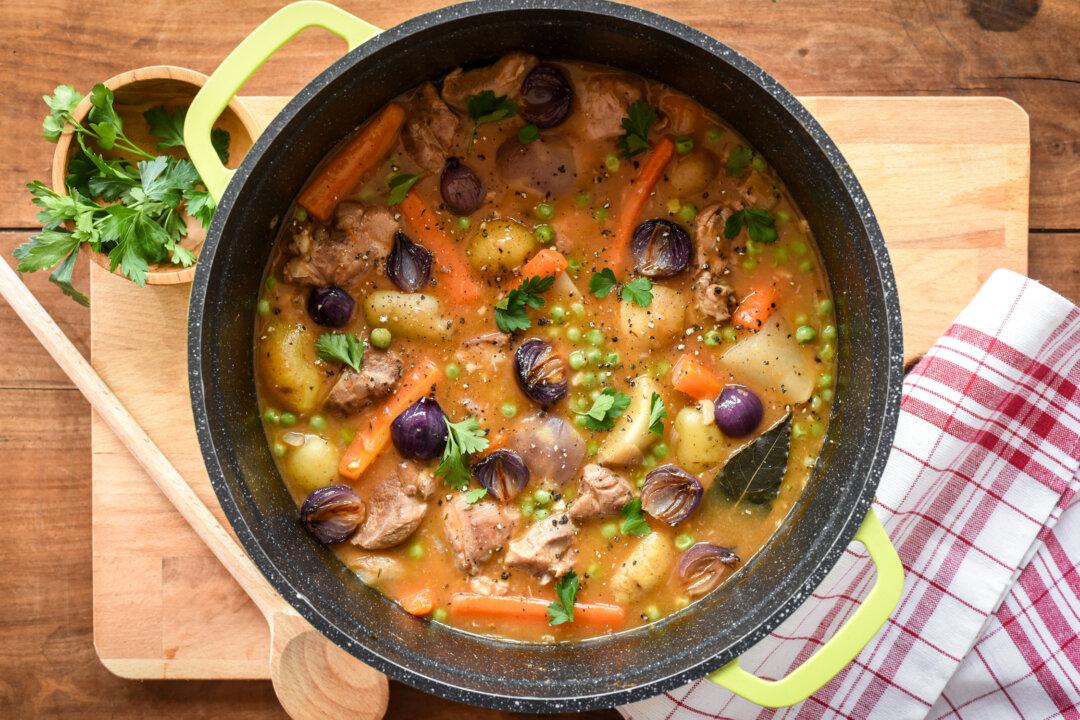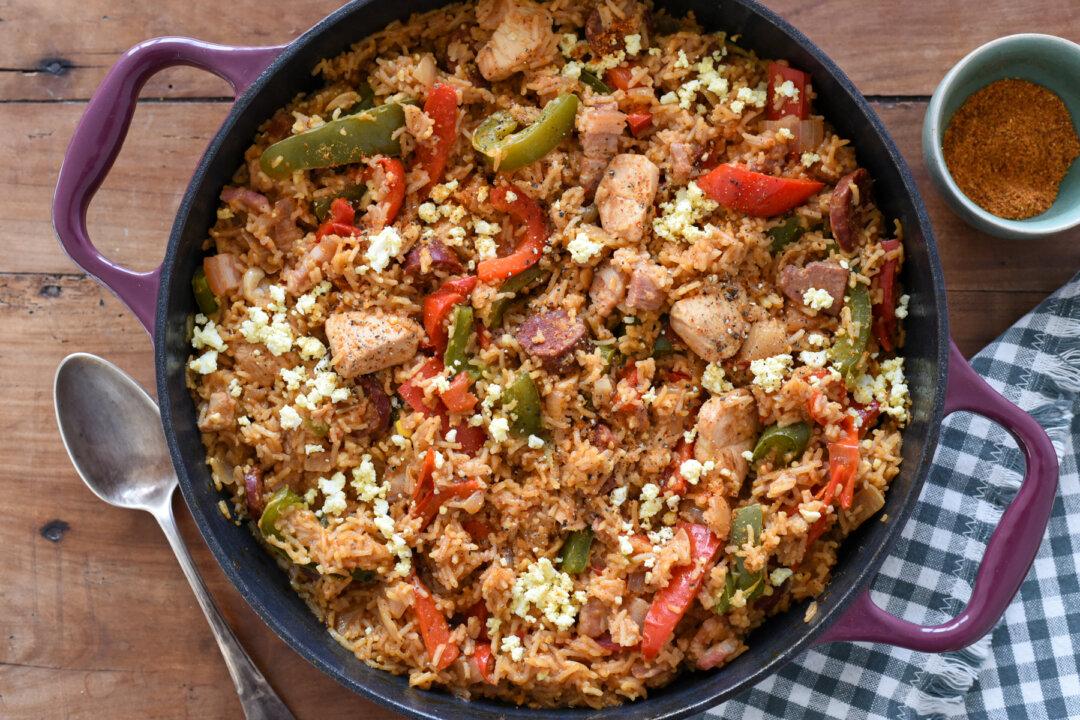The blanc-manger is a somewhat forgotten medieval French dessert that surely deserves a comeback, especially during strawberry season. A cousin to Italian panna cotta, this dessert is made from milk, cream, sugar, and gelatin to reach a consistency that’s milky, smooth, and just firm enough, with just a gentle wobble. It’s quick and easy to make, a perfect no-bake dessert that’s light and refreshing for the warmer days ahead.
Transforming Through Time
The blanc-manger is an old and quite unusual dessert. It has traveled through the centuries from its medieval origins, experiencing several changes that perhaps make it more suited to today’s palates.The first traces of this dish are found in the 14th century, with French cook Guillaume Tirel sharing his recipe for blanc-manger in the form of a jelly made from chicken broth with chunks of poultry. It’s said that this savory dish was quite popular in the 15th century at the court of Louis XII, garnished with almonds and served with extra poultry.





